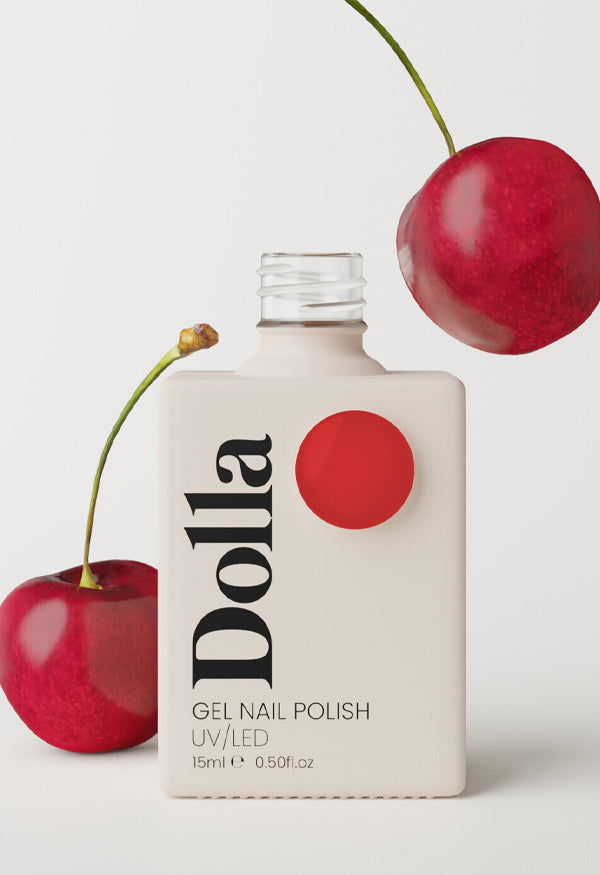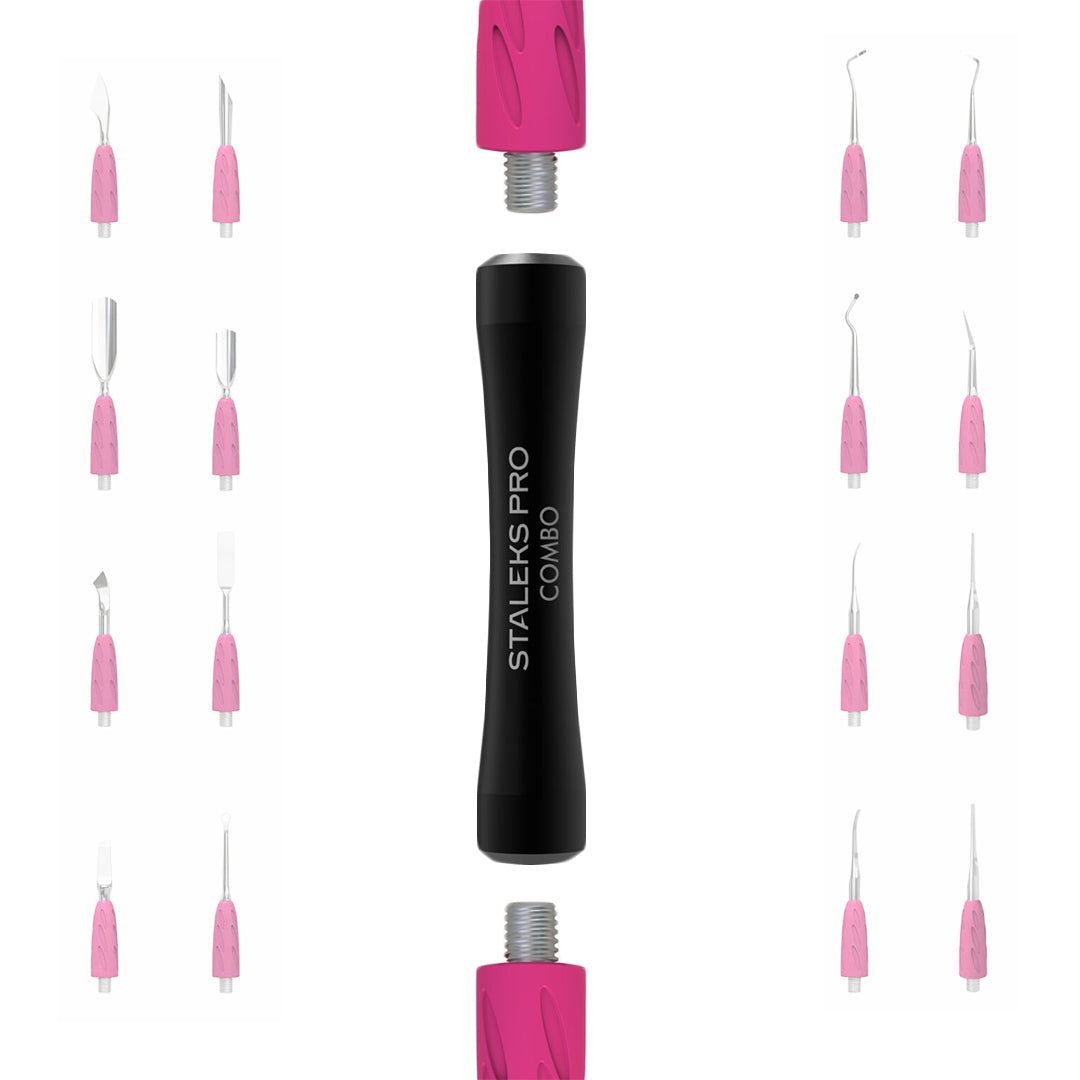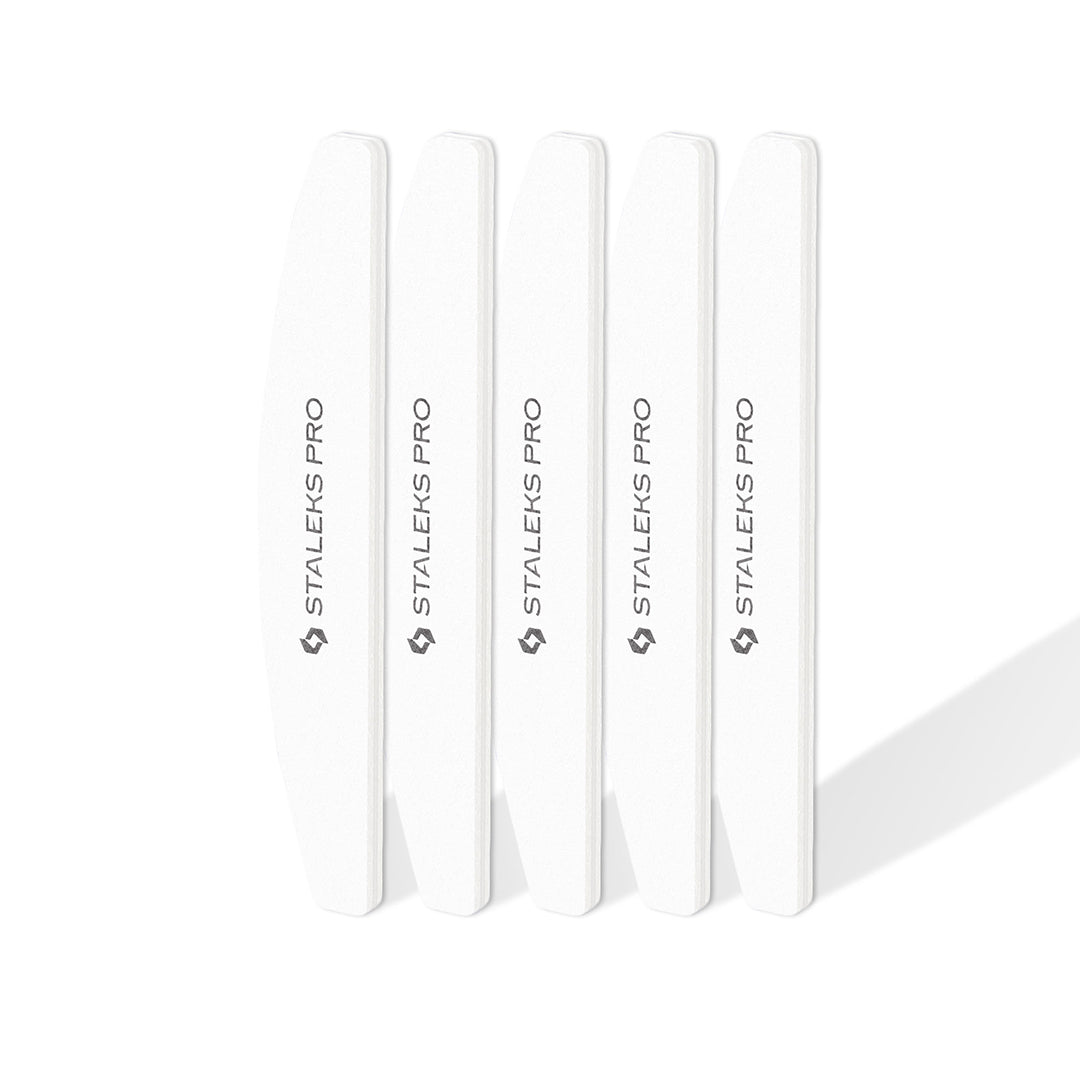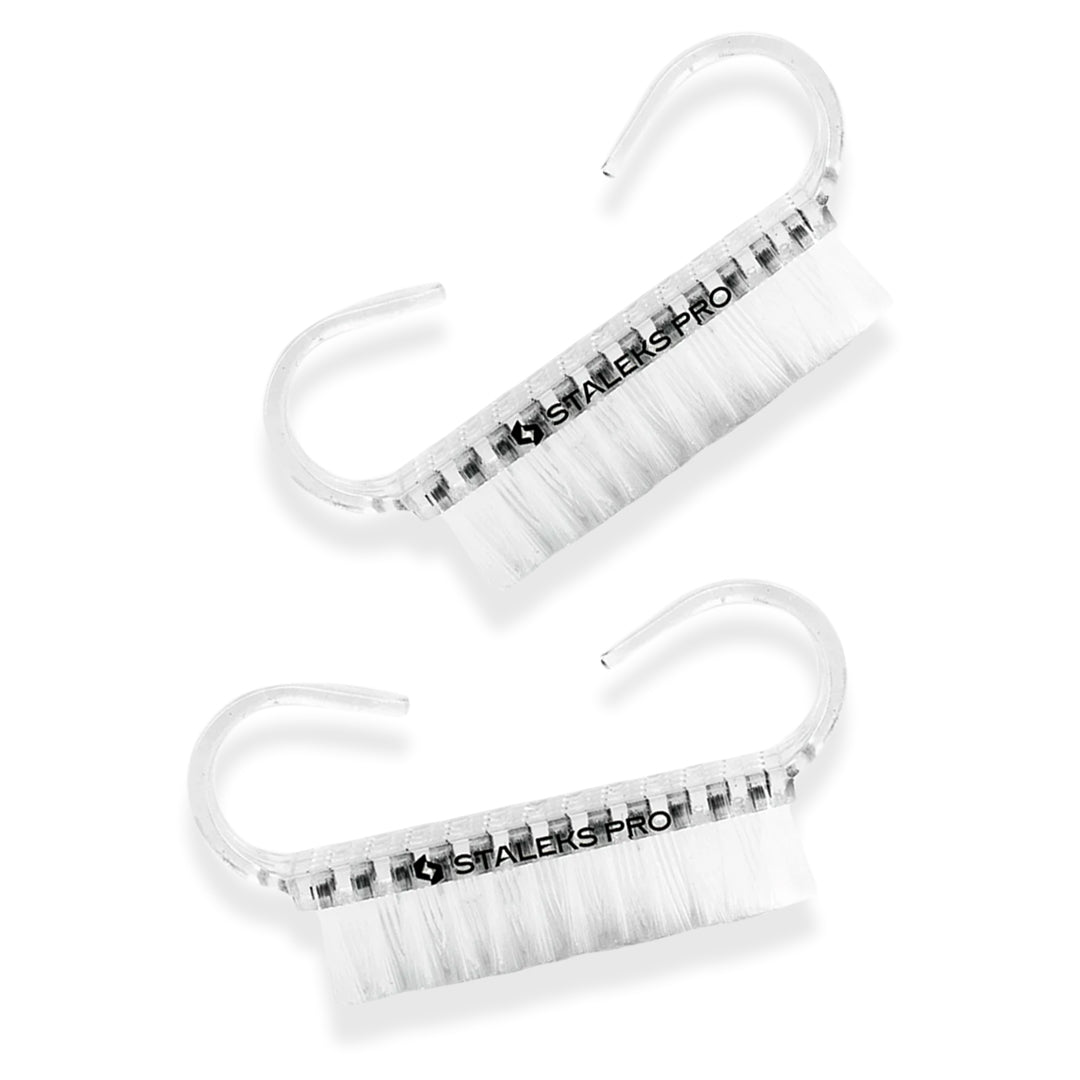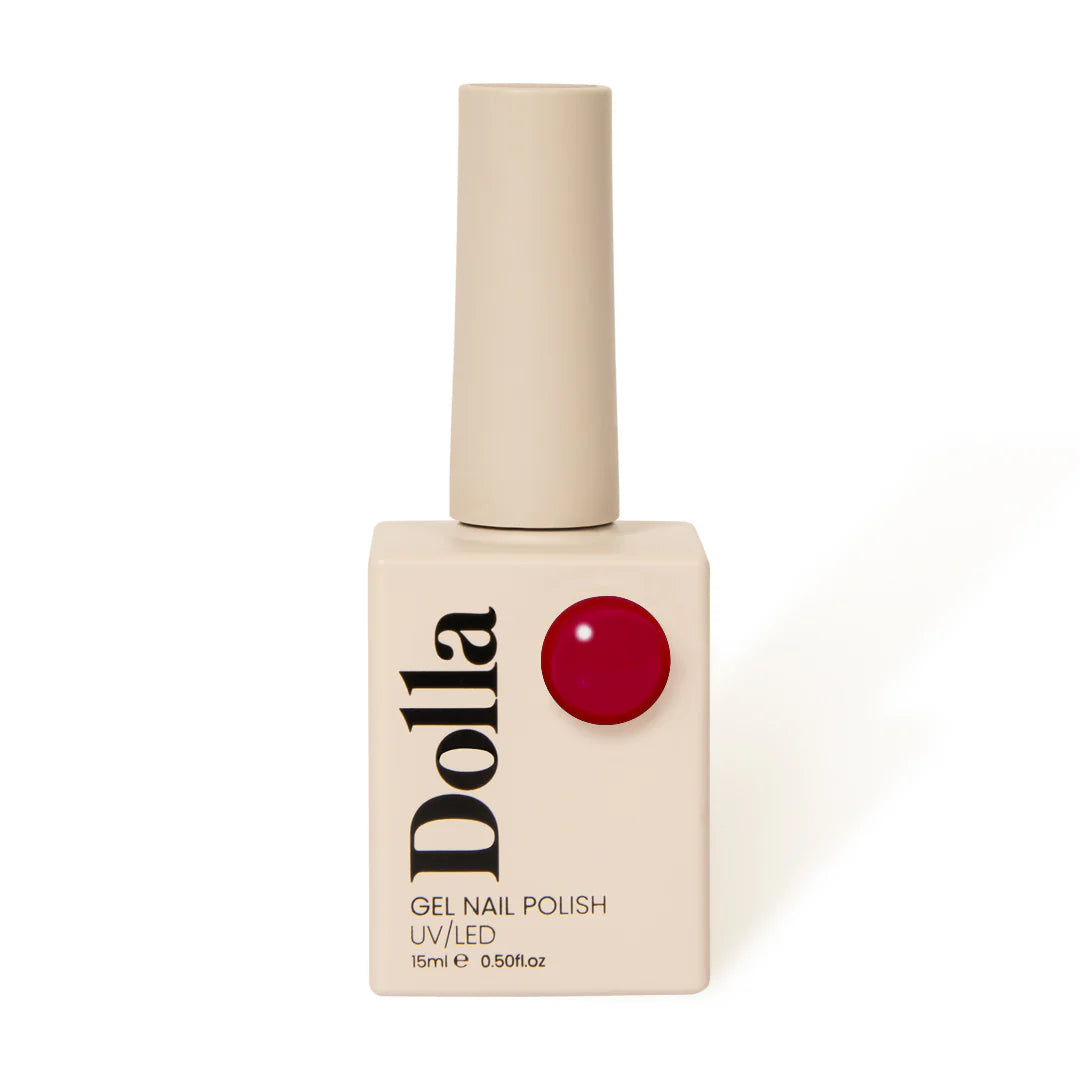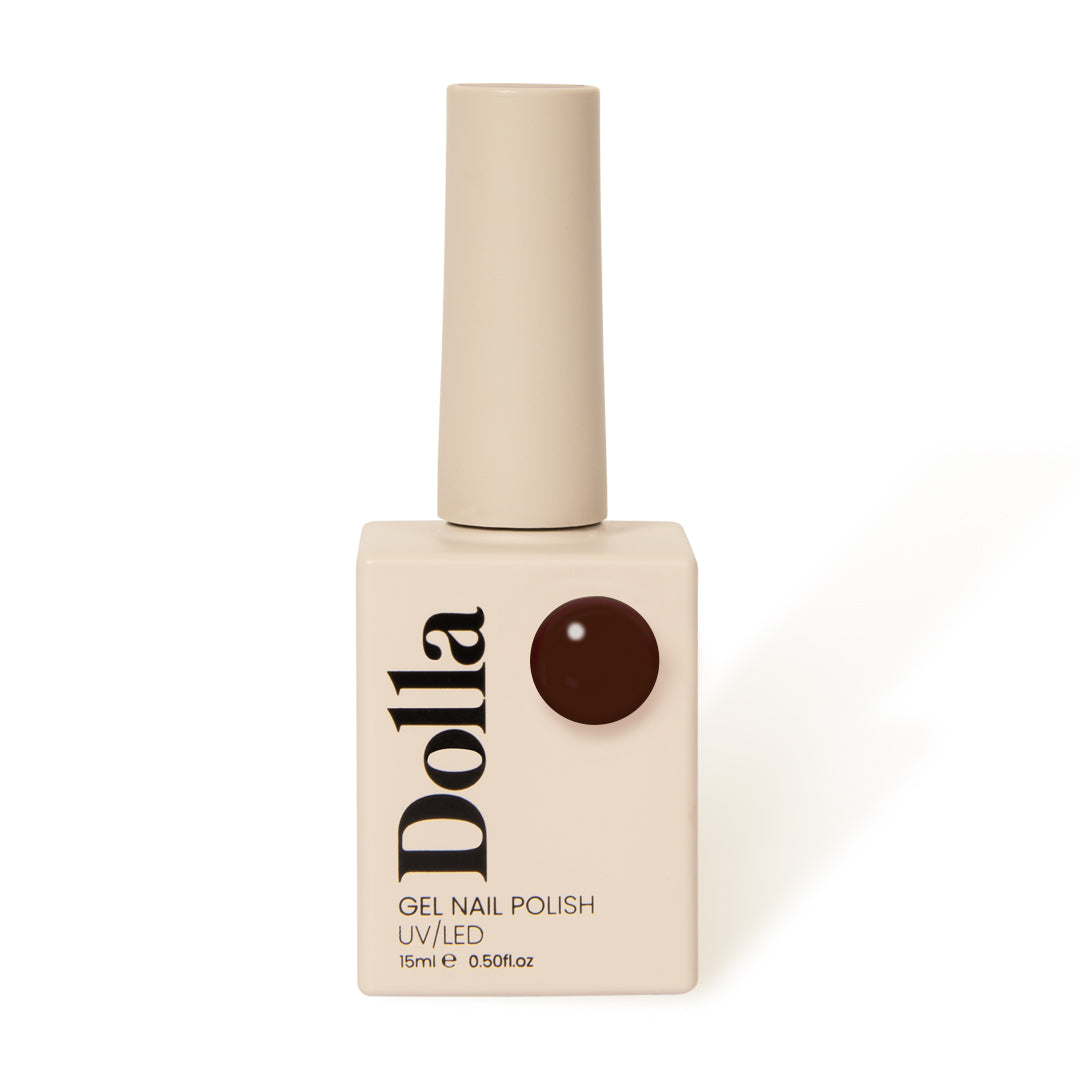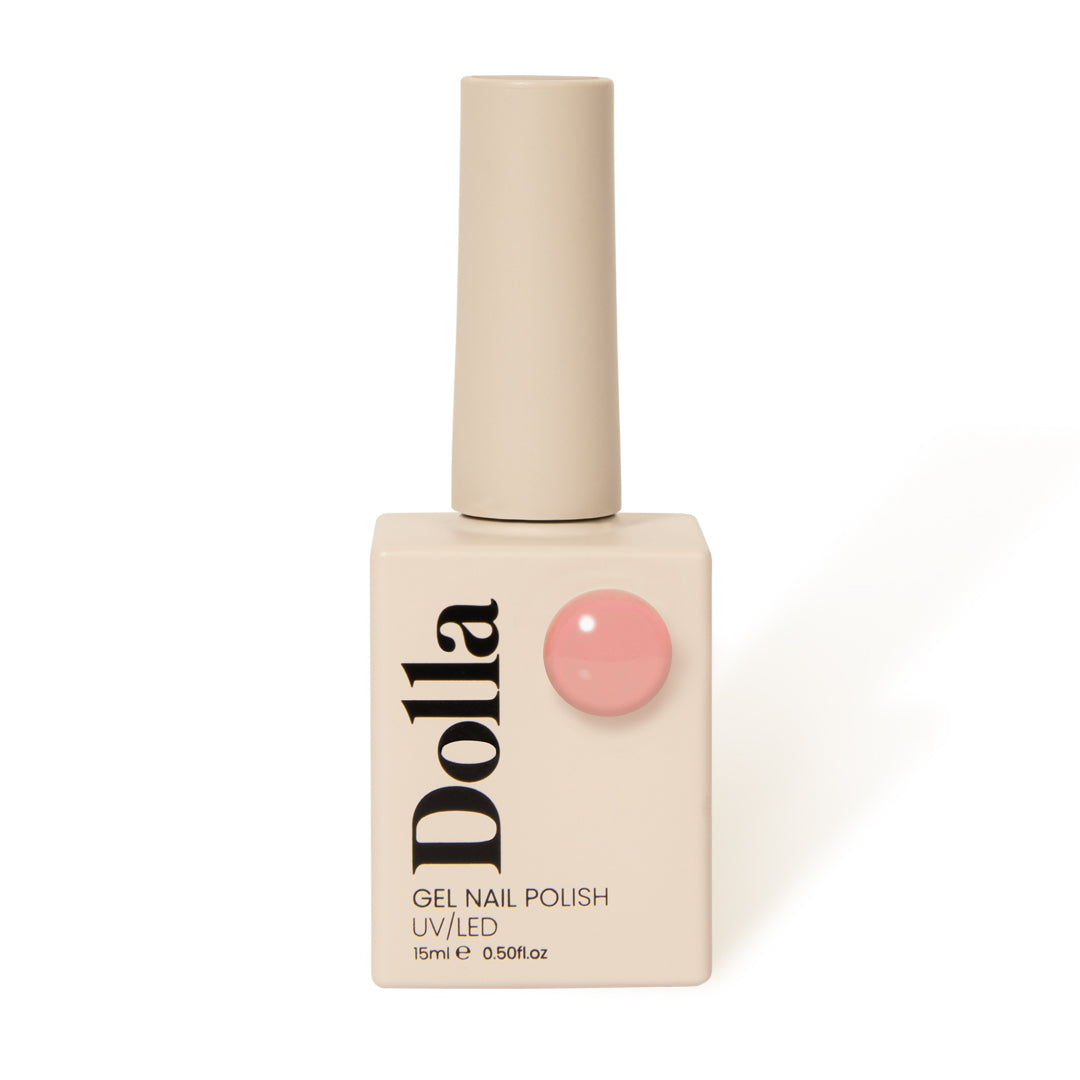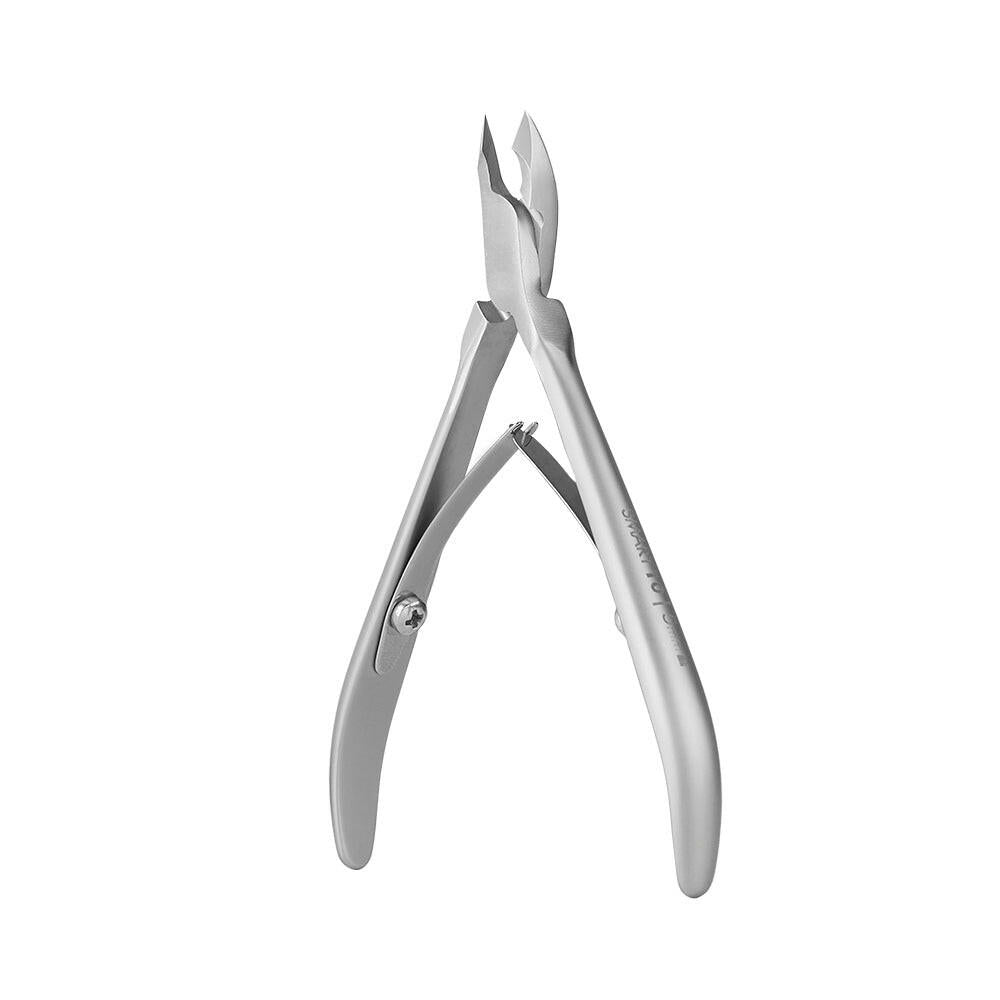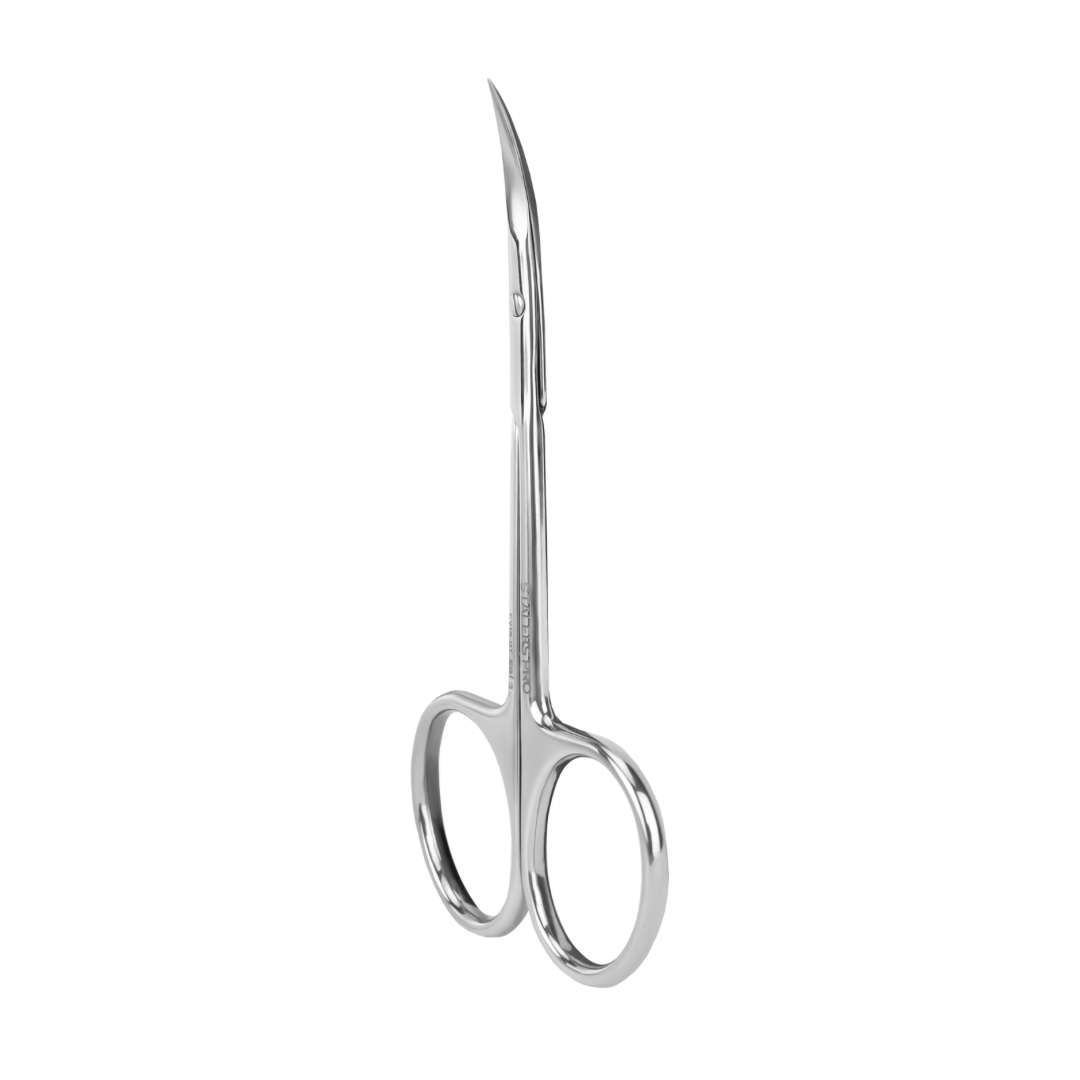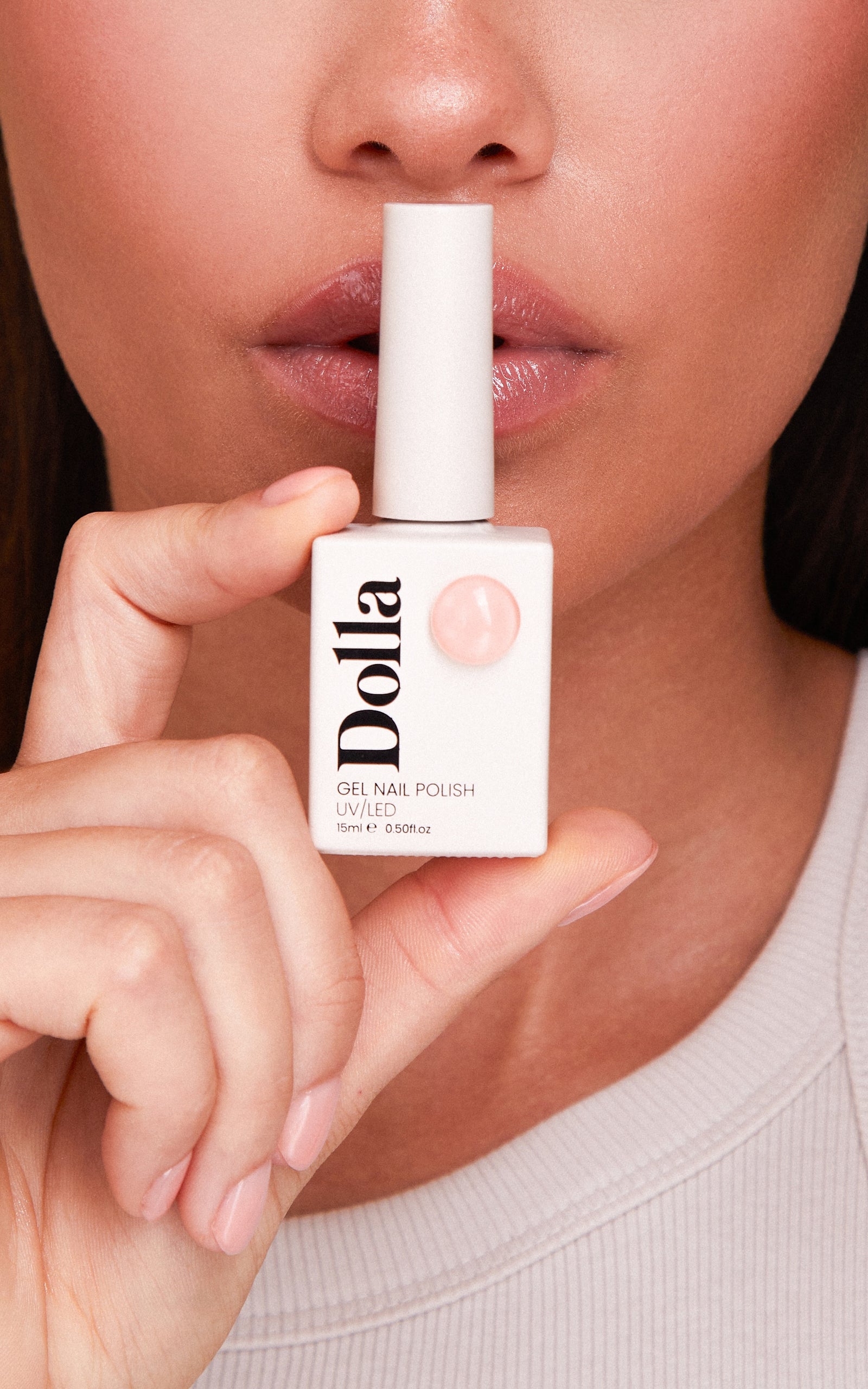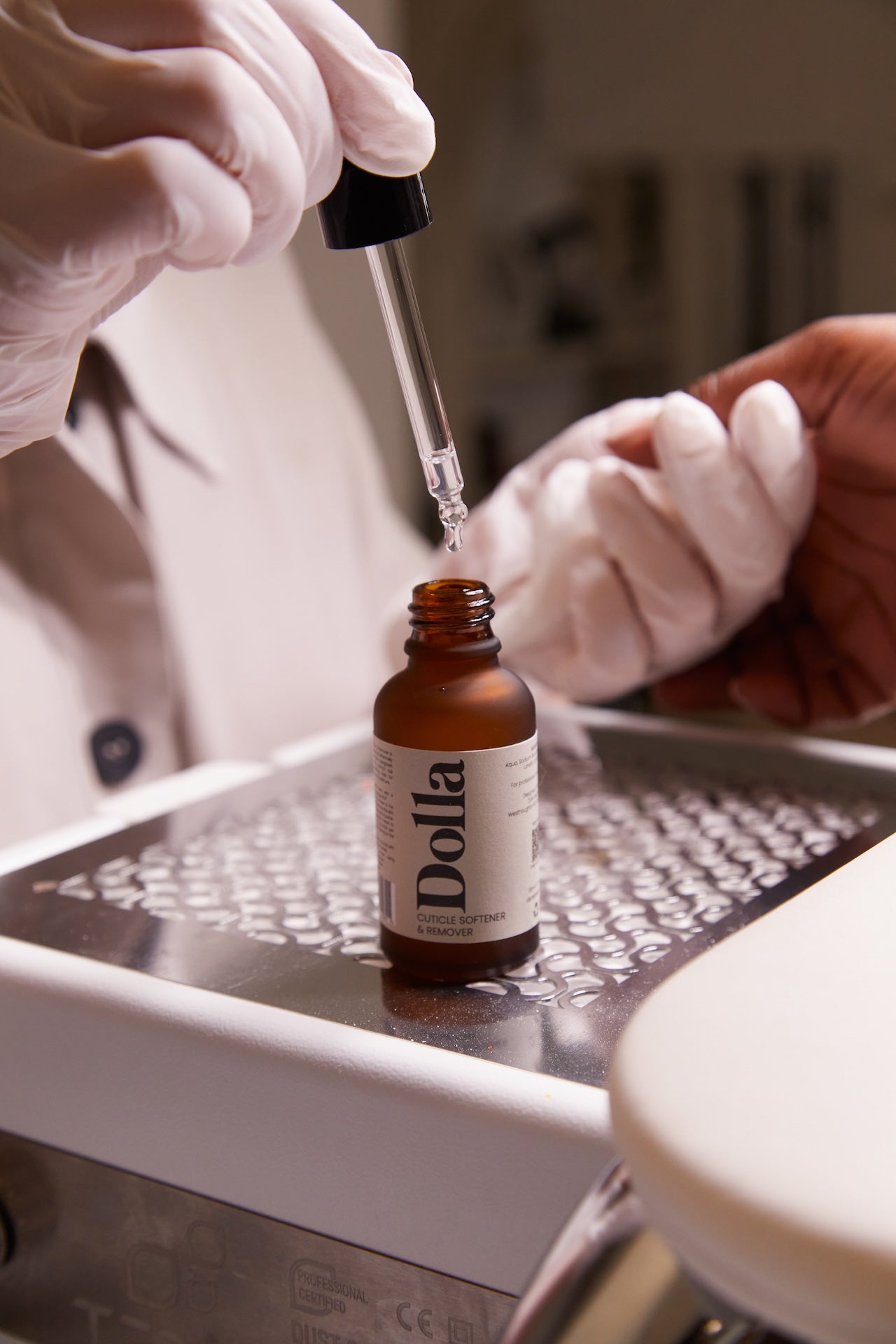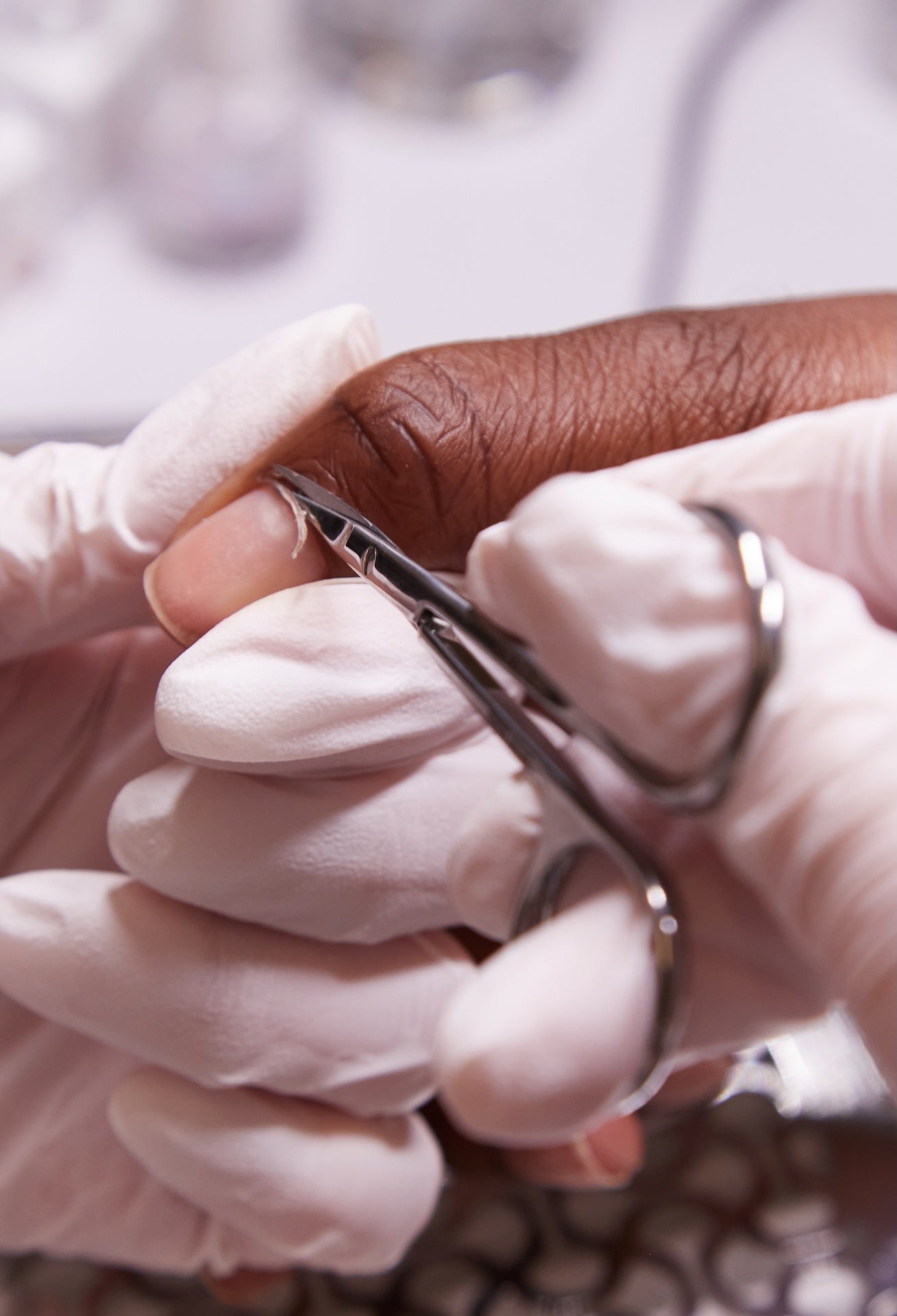professional only brand
professional only brand
Best Sellers
Gel Products
Essentials & Accessories
Staleks
The Ultimate Guide to Nail Health: Best Practices for Technicians
July 09, 2024 2 min read

As a nail technician, ensuring the health and well-being of your clients' nails is paramount. Healthy nails not only look better but also provide a strong foundation for beautiful nail art. Here, we delve into the best practices for maintaining optimal nail health, offering valuable insights that can enhance your professional services and client satisfaction.
Understanding Nail Anatomy
Before diving into best practices, it’s essential to understand the basic anatomy of nails. Nails are composed of keratin, a protein that forms the nail plate, surrounded by the cuticle, nail bed, and nail matrix. Healthy nails are typically smooth, without pits or grooves, and uniform in color.
Best Practices for Nail Health
Proper Sanitation and Hygiene
Maintaining a clean work environment is crucial. Sterilize all tools before and after each use to prevent infections. Use hospital-grade disinfectants for tools like clippers, files, and cuticle pushers.
Encourage clients to wash their hands before their appointment. This practice not only keeps your workspace clean but also reduces the risk of transferring germs.
Gentle Nail Care Techniques
Avoid aggressive filing and buffing. Use a fine-grit file and file in one direction to prevent splitting and peeling.
Push back cuticles gently using a cuticle pusher instead of cutting them, which can lead to infections and damage the nail matrix.
Nourishing Nail Treatments
Recommend regular use of cuticle oils and moisturizing hand creams to clients. Products containing vitamin E, jojoba oil, and other nourishing ingredients can keep the nails and surrounding skin hydrated and healthy.
Offer nail strengtheners and treatments that contain proteins and conditioners to reinforce weak or brittle nails.
Balanced Nutrition
Educate your clients on the importance of nutrition for nail health. A diet rich in biotin, vitamins E and B, and minerals like zinc and iron can significantly improve nail strength and appearance.
Suggest supplements if necessary, but always recommend consulting with a healthcare provider first.
Avoiding Harmful Chemicals
Use nail products free from harmful chemicals such as formaldehyde, toluene, and DBP (dibutyl phthalate). These substances can weaken the nails and cause allergic reactions.
Ensure proper ventilation in your salon to minimize exposure to fumes and chemicals.
Regular Nail Assessments
Perform regular assessments of your clients' nails to detect any signs of infections, fungus, or other issues early. Early detection can prevent more severe problems and ensure effective treatment.
Educate clients about the signs of nail health issues and encourage them to seek medical advice if necessary.
Educating Clients
An informed client is more likely to follow through with proper nail care practices at home. Provide educational materials or brief consultations on nail health during appointments. This proactive approach can enhance client trust and loyalty.
Leave a comment
Comments will be approved before showing up.
Subscribe
Sign up to get the latest on sales, new releases and more …
